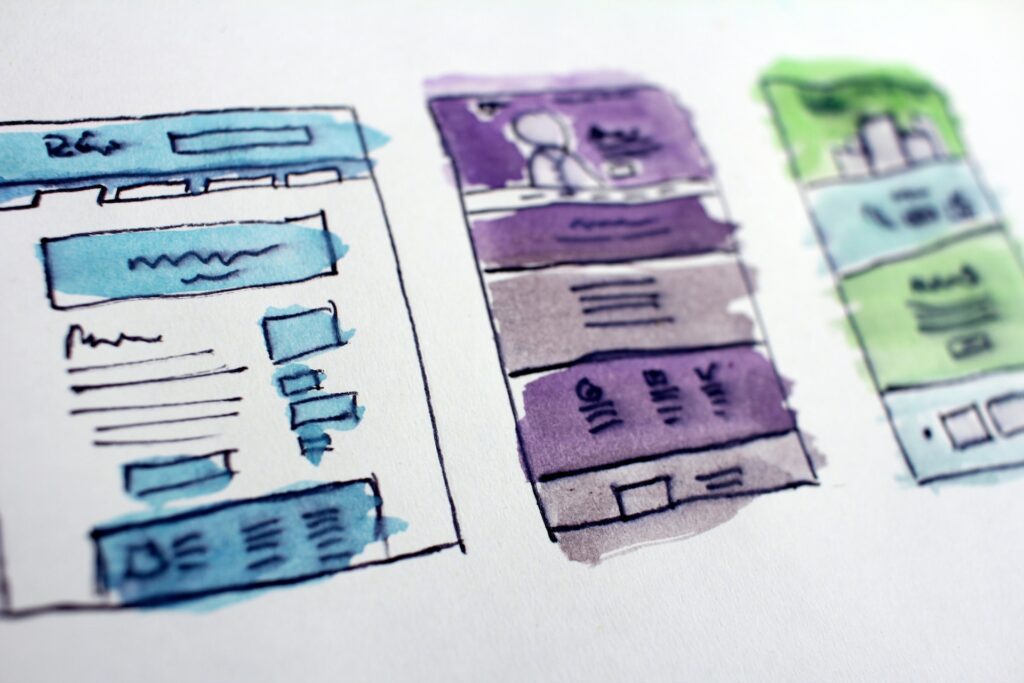Design thinking has become an increasingly popular approach in the development of new products and services. By starting with the needs of users and customers, design thinking helps companies create products and services that meet their target market’s wants and needs.
What is Design Thinking?
Design thinking is a problem-solving approach that focuses on improving products and services through an analysis of known issues. It is a human-centered process that encourages organizations to prioritize the needs of their users, ultimately leading to more effective outcomes. Design thinking involves empathy for the user and the implementation of ideation and prototypes to create feasible ideas. This innovative approach to problem-solving considers multiple factors to address a range of challenges and is based heavily on the methods and processes used by designers. By thinking like a designer, organizations can transform how they develop products, services, processes, and strategies, ultimately resulting in better outcomes and improved user experiences.
The Purpose of Design Thinking
The purpose of design thinking is to prioritize the needs of the consumers in order to create better products and services. This problem-solving approach helps organizations to focus on the people they are creating for, which leads to more effective outcomes. It empowers innovation by providing a defined process that encourages organizations to observe, empathize, and test their ideas through prototyping. By organizing data into themes and patterns, design thinking helps innovators to develop new insights and possibilities.
Prototyping in Design Thinking
Prototyping is a crucial part of the design thinking process. It involves creating a physical or digital model that represents a solution to a problem. This model is then tested and refined until it meets the needs of the end-user. Prototyping is not limited to the final testing phase, but can be used throughout the entire design thinking process. By prototyping early on, designers can quickly iterate and refine their ideas, saving time and resources in the long run. Moreover, prototyping allows designers to receive feedback from stakeholders and make necessary adjustments. It is essential to remember that prototyping is not about creating a perfect product, but rather about testing and iterating until the solution meets the needs of the end-user. By incorporating prototyping in the design thinking process, designers can create innovative and user-centered products and services that meet the needs of the marketplace.

The Problem-Solving Process in Design Thinking
In the problem-solving process of design thinking, the aim is to identify and solve the needs of the consumer. This process prioritizes empathy and understanding the consumer’s pain points, which leads to innovative solutions. This involves the ideation phase, where different ideas are generated and evaluated, and the prototyping phase, where ideas are tested and refined. In this phase, experts work to find solutions to the problems identified, with the aim of creating a product that meets the consumer’s needs. The process of design thinking involves testing and retesting until the best possible solution is achieved.
Design Thinking and Marketplace Testing
One of the crucial phases in design thinking is marketplace testing, which involves engaging customers in the process of building a new product. By integrating customer feedback and insights, the design thinking process helps businesses get a realistic idea of how their product will perform in the market. This is where prototyping comes into play, allowing designers to quickly create testable versions of the product before making any major investments. Through this iterative process, entrepreneurs can try new things, take risks, and learn from their mistakes.
Importance of UX Designers in the Design Thinking Process
In the design thinking process, the importance of UX designers cannot be emphasized enough. UX designers play a critical role in the development of new products and services. They help bridge the gap between the user’s needs and the organization’s goals by creating user-centered designs. The expertise of UX designers is critical in ensuring that the product is not only aesthetically pleasing but also easy to use and navigate. They are responsible for creating wireframes, prototypes, and conducting user testing. Without the involvement of UX designers, organizations may miss the mark in delivering products that meet the needs of their users. Therefore, involving UX designers in each stage of the design thinking process is essential for successful product development.







